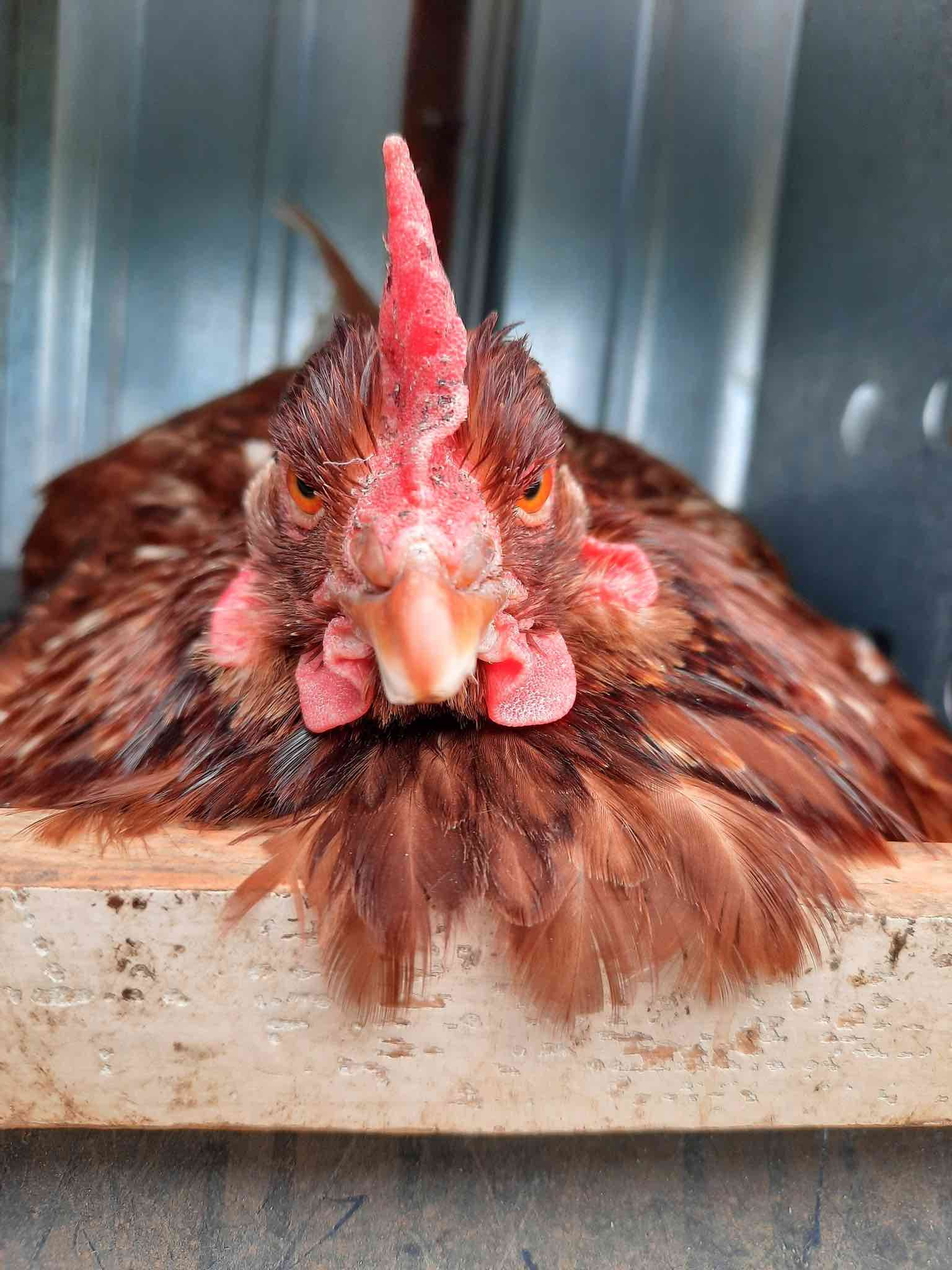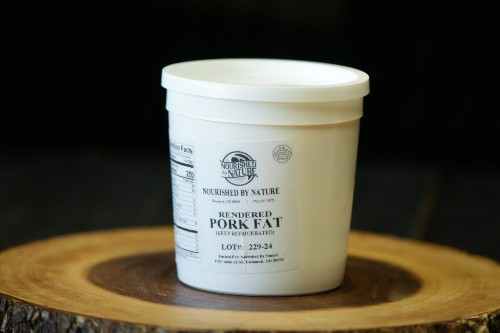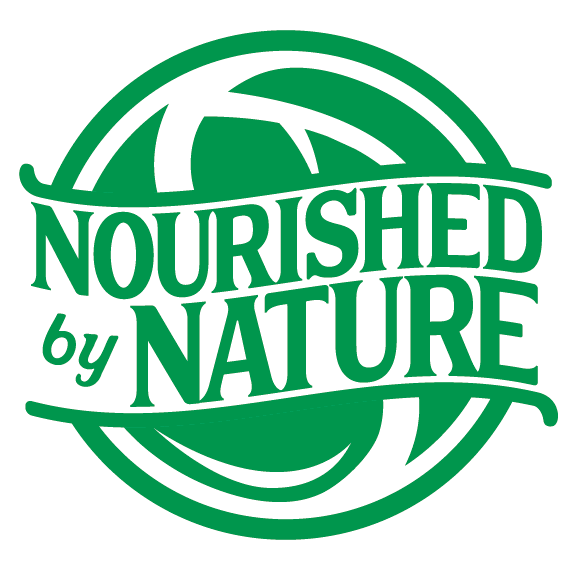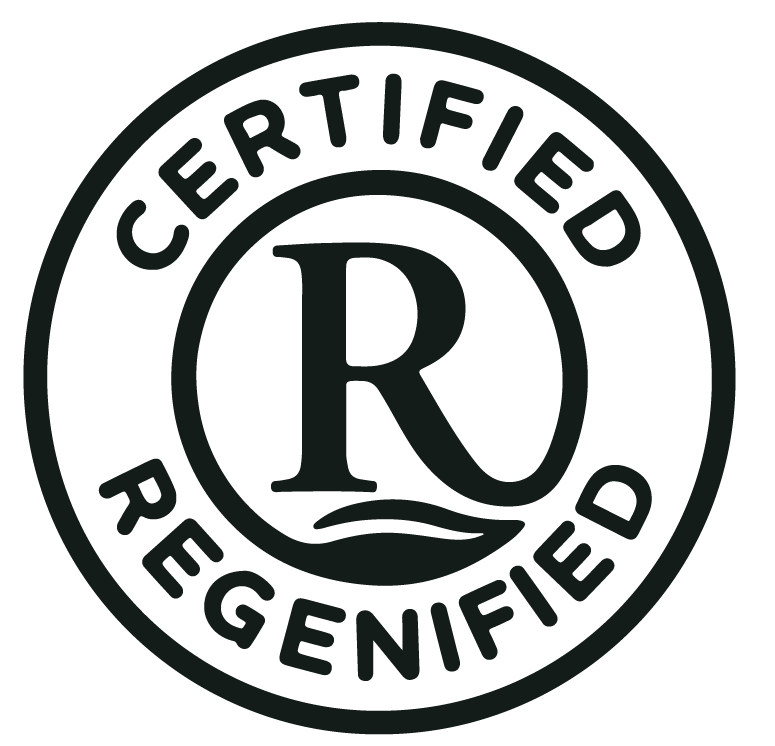The Wonderful Healing Benefits of Honey 🍯
posted on
April 21, 2023
Though the therapeutic and fertility-aiding effects of honey were recognized by ancient cultures like the Egyptians, Assyrians, Chinese, Greeks and Romans–presently, the healing nature of honey as both a food and medicine has widely been forgotten (Eteraf-Oskouei & Najafi, 2013).
As the tastes and sights of Spring begin to emerge, we are happy to shed light on the internal and external healing potential of honey, and its beneficial role in our everyday lives–especially as we approach allergy season!
Before we discuss the role of honey as an aid for seasonal allergies, I would like to share a quick story about the versatile uses of honey (namely as a skin, wound or burn remedy).
This past summer, my two-year old Rhen made the unfortunate mistake of placing her entire right hand on the hot stove. Thankfully, it did not require emergent care, but I knew in order to provide relief and prevent permanent scarring–I had to act quickly. After having her run her hand under cool water for a few minutes, I carefully dried it and applied a thick layer of honey from our local farm–Nourished by Nature. Next, I wrapped her hand with a clean, cool washcloth and allowed for the raw, unfiltered honey to work its magic for the remainder of the day.
The following morning, I was truly amazed to see how well her hand had healed by simply applying honey to her burn and keeping it covered with a cool, clean washcloth. Though the burner was red hot when she touched it–a day after applying honey, her hand was merely a faint, pink color and there was not a single blister to speak of. Not even three days later, Rhen was back to normal use of her affected hand and even asking for high-fives!
Besides its role as a burn remedy, honey can also be used topically for skin conditions, like wound healing, eczema and even acne. Honey’s ability to speed up your skin cells’ healing processes as well as reduce inflammation is largely why honey is even used today by doctors in clinical settings.
The therapeutic properties of honey (including being anti-viral, anti-fungal, anti-bacterial, anti-inflammatory, and a powerful antioxidant) helps aid in nourishing the body, helps to provide immune support and even aids in the relief of allergic rhinitis (AR), or seasonal allergies.
One study examining the use of honey as a support for allergic rhinitis (AR), or seasonal allergies found that: “the ingestion of high doses of honey had a significant complementary effect in improving the overall symptoms in AR patients compared to the placebo,” (Asha'ari et al., 2013). Their results indicate that honey could help serve as a complementary therapy for allergic rhinitis (or seasonal allergies) using the dosage for the case group (1g unpasteurized honey/kg of body weight). For me personally (120lbs), this would equate to about 2.5 Tbsp of raw honey daily (1 tablespoon =20g).
Individuals who are on AIP (Auto-Immune Protocol) to reduce inflammation, pain and other unfavorable symptoms that manifest from autoimmune disorders and leaky gut, are instructed to opt for either raw honey or maple syrup exclusively as a natural sweetener because the effects on the body are conducive to the healing process.
To summarize, honey has been long recognized for its versatile therapeutic benefits for both internal and topical usage. Specifically, honey can help address various skin conditions, assist with wound/scar healing and promote the body’s natural immune response. Lastly, because of its wide array of nutrients, as well as its anti-inflammatory and antimicrobial properties, raw honey can help combat seasonal allergies, nourish the body, support gastrointestinal health fertility and more!
Equip your home with this multi-purpose, age-old kitchen remedy and nourishing super food by following our link below ⤵️
*
*
*
SHOP RAW, UNFILTERED HONEY FROM YOUR LOCAL, REGENERATIVE FARM!
References:
Asha'ari, Z. A., Ahmad, M. Z., Jihan, W. S., Che, C. M., & Leman, I. (2013). Ingestion of honey improves the symptoms of allergic rhinitis: Evidence from a randomized placebo-controlled trial in the east coast of Peninsular Malaysia. Annals of Saudi medicine. Retrieved April 8, 2023, from https://www.ncbi.nlm.nih.gov/pmc/articles/PMC6074882/
Eteraf-Oskouei, T., & Najafi, M. (2013, June). Traditional and modern uses of natural honey in human diseases: A Review. Iranian journal of basic medical sciences. Retrieved April 6, 2023, from https://www.ncbi.nlm.nih.gov/pmc/articles/PMC3758027/#:~:text=It%20has%20been%20used%20both,depicted%20by%20Stone%20Age%20paintings.






